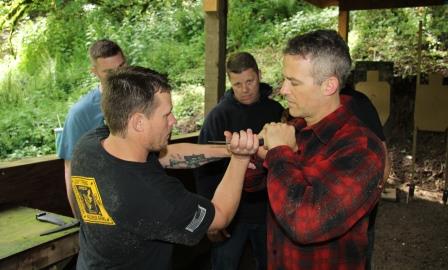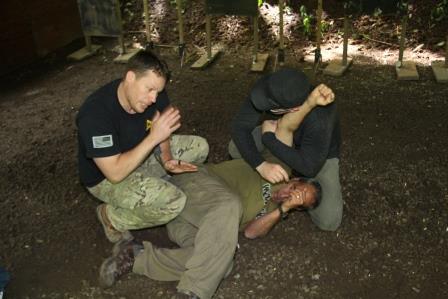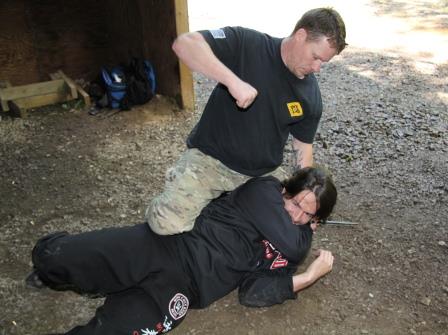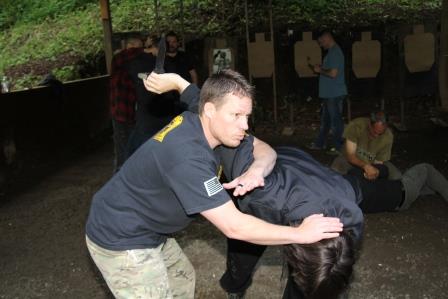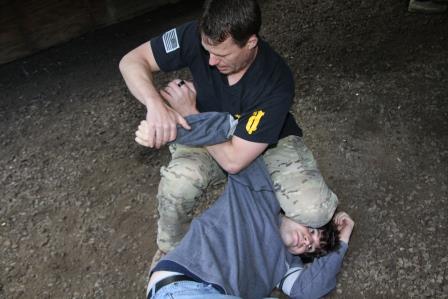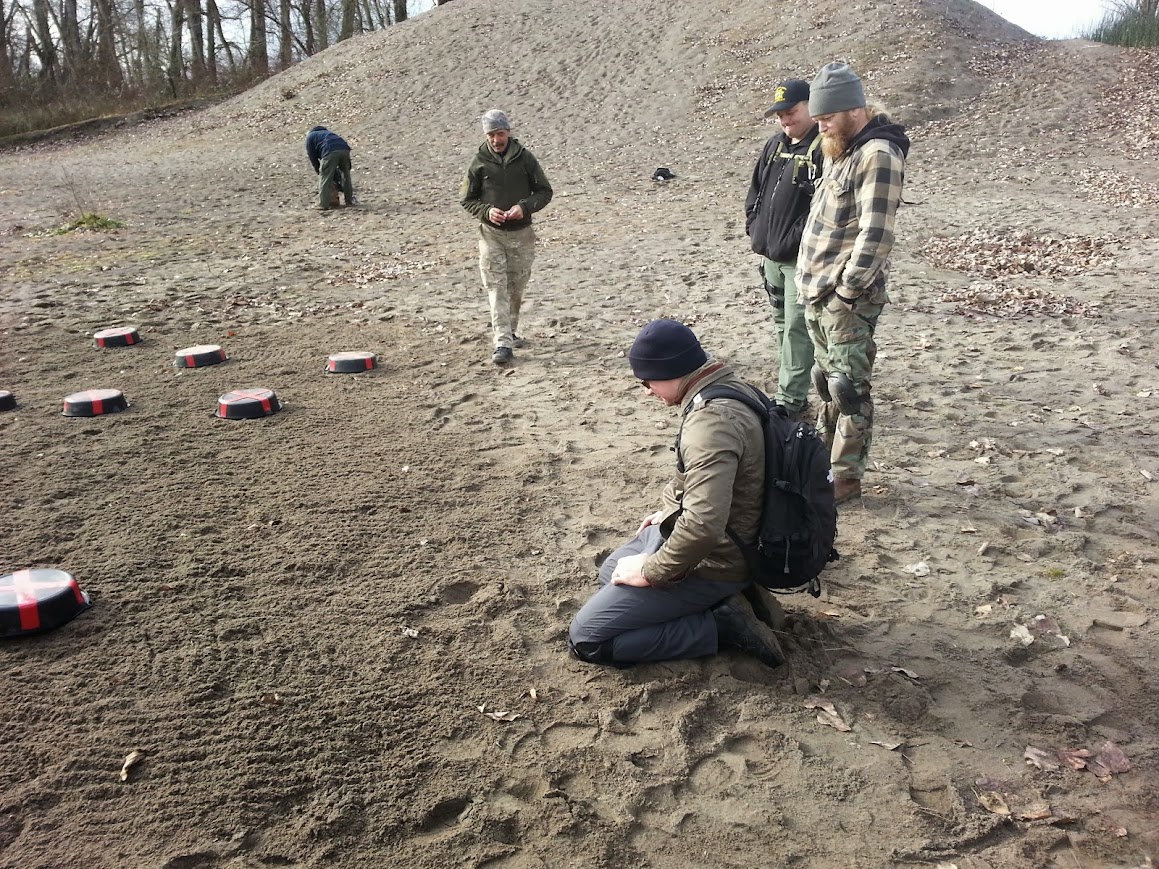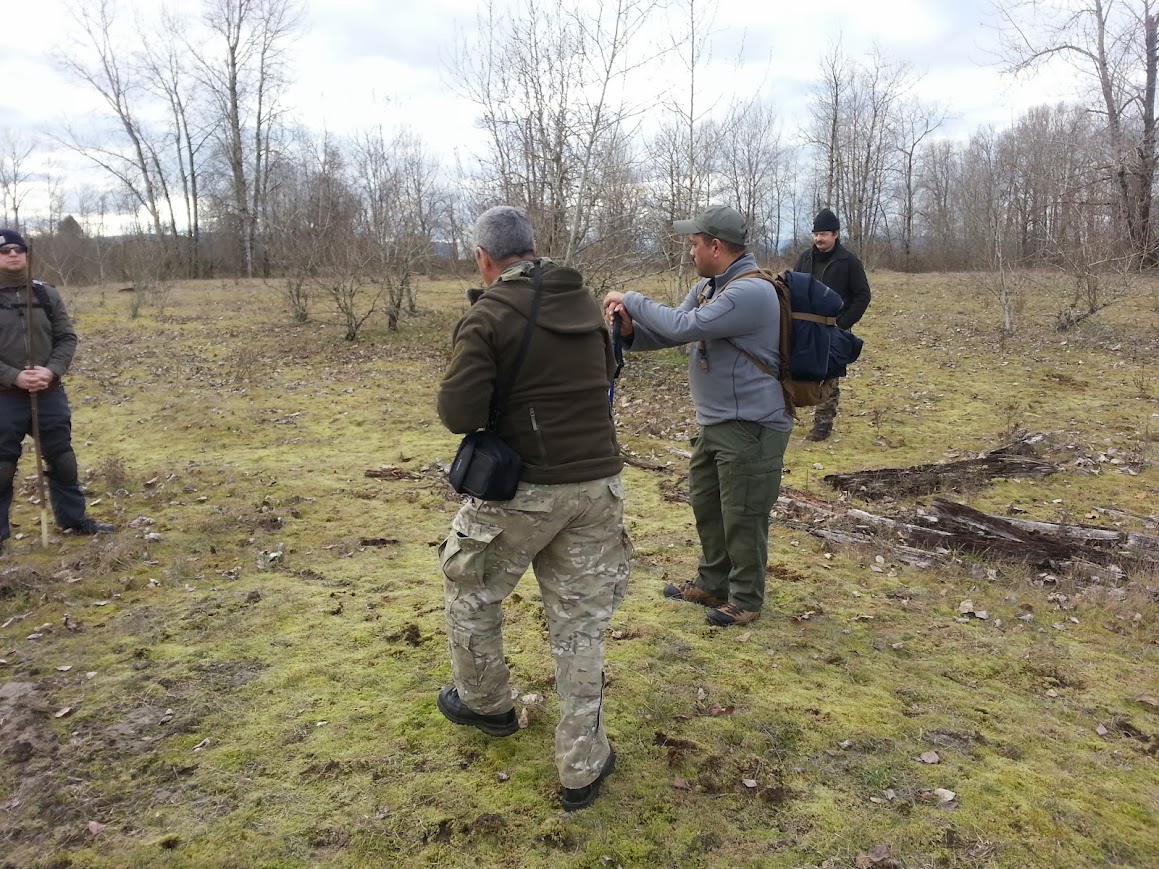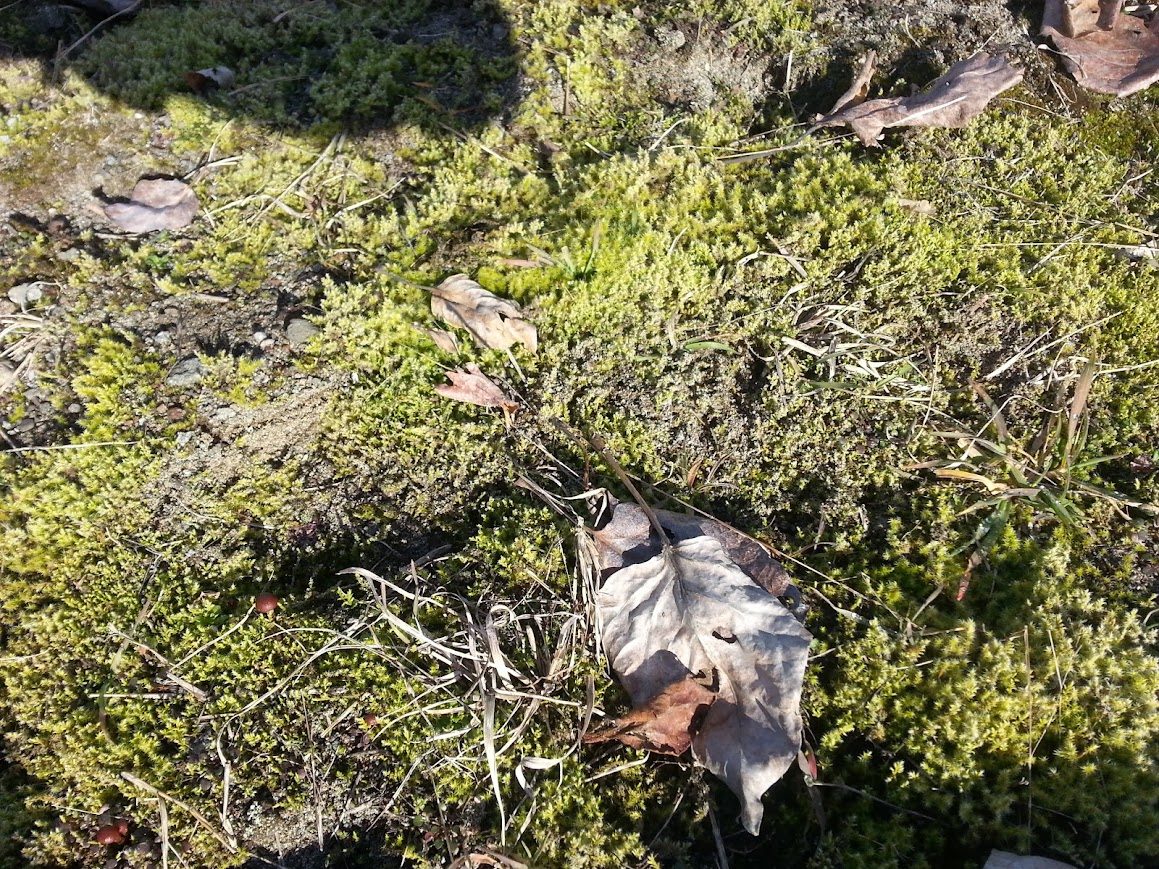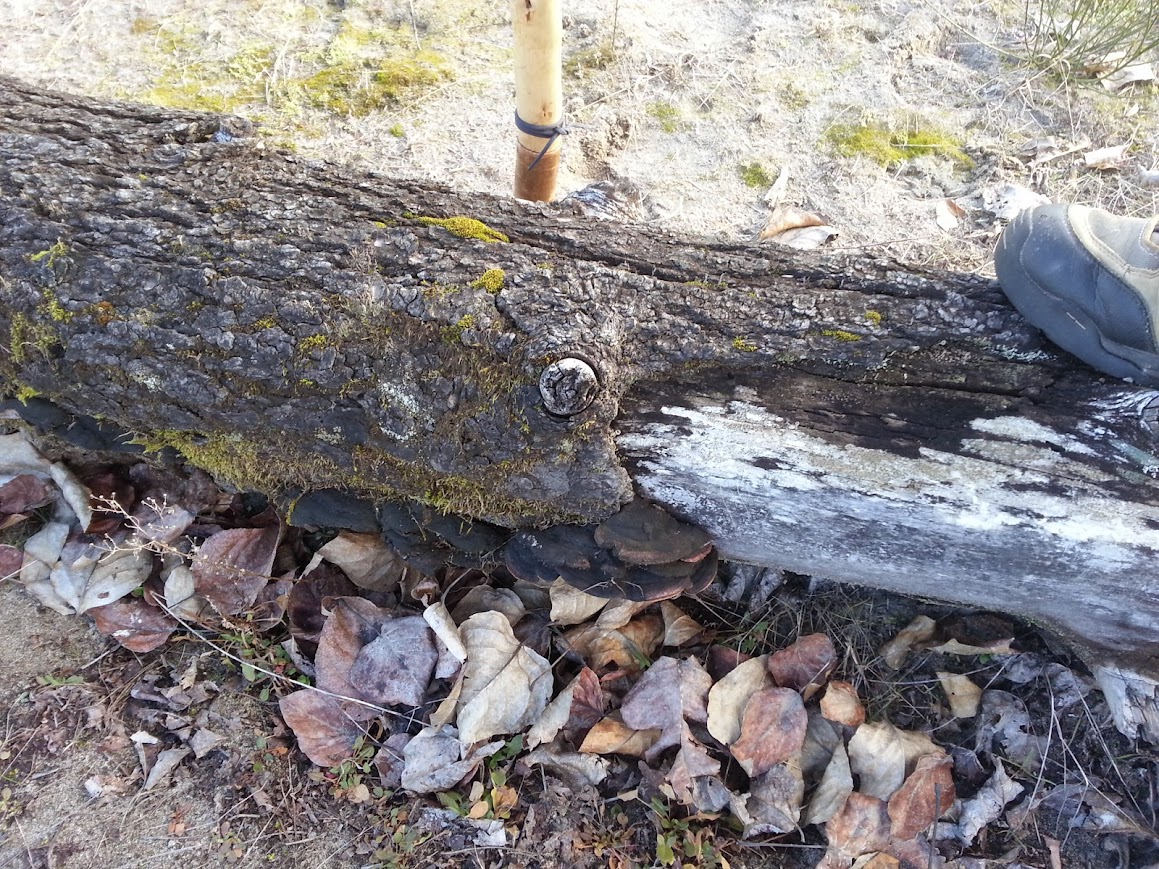by Woodsbum
It seems that a very hot topic among people I speak with is field medicine. To be specific: first aid kits and tourniquets. After finally getting tired of having to repeat my same spiel on the dangers of tourniquets improperly used and how first aid kits tend to have WAY too much stuff in them, I felt almost forced to put fingers to keyboard and make a post.
Fist off, I want to let everyone know that I am not an “armchair commando” when it comes to field medicine. I was a paramedic/EMT for 4 years and then joined the Navy, where I was a Hospital Corpsman for 9.5 years. Overall, I have almost 14 years of direct patient care in both field and hospital settings with 9 years being in a pre-hospital setting. I was ACLS, BTLS, ATLS, PALS, NALS, EMT Instructor, BLS Affiliate Faculty, Combat Lifesaver Instructor, the list goes on. In another words: I am not a trauma surgeon or a contributor to AMA journals on pre-hospital trauma treatments, but I have quite a bit of hands on experience and training.
This being said, I have seen a lot of problems with most “field” first aid kits being produced and sold today in addition to the severe lack of proper training given to people in their use. My opinion is that there is WAY to much emphasis based around the idea that people will be able to get to a hospital in a timely manner. A prime example of this is the overuse of the tourniquet. The tourniquet is an easy way to say, “Everything below this point will be chopped off and you better know a good prosthetics person.” The fact that all the “weekend commandos” now carry one and there are classes designed to promote tourniquet use absolutely drive me nuts. Having worked on ambulance in rural settings and done such things as pull people’s extremities out of heavy equipment, I have NEVER had to resort to a tourniquet. Between the proper use of the following techniques, I have been able to avoid contributing to a patient’s reason for amputation:
- Direct Pressure
- Pressure Dressing
- Elevation
- Splinting as needed
- Constriction Bands NOT tourniquets
- Ice if available
Even the idea of using a Israeli emergency bandage is a far superior idea than drawing that dotted line with a tourniquet that says, “Cut off appendage here.”
As I step off my anti-tourniquet soap box, I will admit that they do have their place IF they are used properly and appropriately. They just need to be used as a last resort and not a replacement for the other less invasive/damaging options.
Enough about how dependence upon hospital settings have increased the use of the tourniquet as a way to control bleeding. Let’s take a quick look at some of the things that I carry. Now I want you to know that, because I had to use them and have been too lazy to replace the items since my last outing, there are two items that I carry that are not in this picture. Sorry for that, but I just grabbed my pack and came in to take pictures. When you look at this you can definitely see that these items are not my shiny little kit that I hope never gets used. These items are exactly what I carry and can cover you in almost any situation with the proper training.

My first aid kit excluding 2 4×4’s and moleskin
Let me go through each item so you have a good idea of what each is.
- Waterproof case: In my kit, I chose the old issue first aid kit case that really isn’t waterproof but it was handy and works. It also has an ALICE cover that attaches to the left side of my butt pack or I can remove the case and just throw it into whatever pack I have at that time.
- ABD: Military issue Abdominal Battle Dressing. This is the clear wrapped bandage in the brown paper wrapper. This thing will take care of eviscerated abdomen, severe chest injuries, or even be used as a soft splint if need be. It unwraps to be fairly large and has long tails to tie it around whatever you have applied the bandage to. The dressing portion of the bandage is very absorbent and quite thick.
- Battle Dressing: This is the OD green thing on the left side. It is a smaller version of the ABD. Not only can it be used as a dressing, but it also can be used to tie off a splint if you have to. Of course that is worst case scenario since the patient’s clothing is always a better choice.
- Three Triangular Bandages (cravats): These are not only great for scarves and headgear, but they work very well as slings, splint ties, bandages to hold on dressings, constriction bands, tourniquets if all else fails, hold ice/snow, filter big stuff out of water, or even as gaiters to keep some of the crap out of your socks if need be. These are very multipurpose and you can see that I use them a lot.
- Sutures: Yes, I have had to sew myself up in the field. Yes, it hurts. I am not John Rambo. Yes, I still have the scar. No, you can’t see it…..
- H Shaped Bandages: These are great for knuckles and such. Basically any point that bends, but is not too big. I keep them in my kit as a way to make myself feel better if I bust up a knuckle. I carry both types that have the adhesive strips that will stick well to a flat-ish area or an articulating area.
- Larger Bandages (read large Bandaids): These work well for skinned elbows, knees, extremity cuts, small head lacerations, etc. They stick a lot better than a 2×2 or 4×4 with silk tape.
- Kwik-Scan Thermometers: You put these things on someone’s forehead to check their temperature. No, it is not as accurate as a real thermometer but I can carry several in my kit quite easily. They are great for checking for fever (possible infection of a cut for instance) to a low body temperature (cold injury). Great things to carry with you if you are not anywhere near a hospital and won’t be for a period of time.
- Butterfly: I carry a couple butterfly closures. These are great for when you don’t have a total need for suturing something closed.
- Cling: Rolled gauze is amazing for so many reasons. It holds bandages on SO well, can be twisted to make splint straps, etc. Great piece of gear to take.
- 3M Silk Medical Tape: I like the 3M stuff because it sticks SO much better than the Curad brand. It can also be twisted to make cordage.
- Alcohol and betadine based swabs: These are antiseptic swabs to clean wounds. The alcohol ones will also catch on fire if need be if you can’t get something else burning.
- Abdominal Patch/Dressing: I keep these not only for what I call “bigger spills” of blood, but they can easily be cut and used to cover eyes as well. In a worst case scenario, I have also offered them up to my female campers who needed a sanitary pad. They are better than nothing.
- Trash Bag: That is the rolled up blue thing in the middle. They can be wrapped around entire torsos in the case of any open thoracic or abdominal injury, can be used to keep bowels moist in the even of an evisceration, and can even be used to gather condensation if placed over a plant to gather water. Cut out some holes and you can even keep your patient partially dry in the rain.
- (Not Pictured) Moleskin: This is for blisters or to cover wounds so that you are not slowed down by a bulky bandage. When moleskin gets wet, granted that it was applied correctly in the first place, it tends to almost make a second layer of skin. This stuff is great to keep you going until you can get back and get something treated properly. I have sutured up lacerations, cleaned everything REALLY well, and then put moleskin over the thin dressing to keep Marines out in the field for additional weeks before they get seen to remove the sutures. Mines is not here because I gave my chunk away to someone who had blisters and I forgot to replace it since I have not been out in the woods for almost 4 weeks.
- (Not Pictured) 4×4 Gauze Dressings: These are sterile and allow you put them directly on a wound, then use about anything around to cover that wound as a bandage. These I forgot to replace because I was showing off and starting fires with them….. Don’t ask.
- (Pictured Below) Metal straw: I picked up several of these from 7-11. They are branded as Slurpee Straws. I use them to blow up fires mostly, but in the case of a severely compromised airway I can use one for an emergency tracheotomy, in the case of severe chest injury they can be modified for use as a chest tube, or (most importantly) to drink my Apple Pie drink using only the best moonshine/everclear that can be had at the time.

Slurpee Straw of AWESOMENESS!!!
As you can see, I don’t carry medications. There are no splints or splinting material. You won’t see any straps to make a litter. All these items can be improvised if needed. Headaches can usually be fixed with some strong coffee as can many respiratory ailments. Of course any serious medical conditions need immediate medical treatment, but you should have your medications with you in those instances. Why should I keep track of and hump Albuterol inhalers for people if you have a COPD? I don’t. I can, however, use my Swiss Army knife and sutures to remove/repair injuries to myself caused by severe “dumb-arsery.”
Lastly, I will say that in my truck I do carry airways (nasal, oral, and masks), Ringers Lactate, sphygmomanometer, stethoscope, surgical kit, BVM, splints, and all sorts of other goodies. There is NO reason, however, for someone to carry all the other crap with them. The average person really needs to realize that purchasing gear does not make them a combat medic. The dependence upon gear and ignoring the idea that education will provide more options in a crisis really needs to stop. Quick applications of products that the user doesn’t fully understand will only cause more injury. Even though it might look “sweet” on your battle belt, there is no reason for anyone to ever use a tourniquet as a first step in control of hemorrhage. There are better solutions that don’t include removal of a hand for a minor laceration.
Just remember: All bleeding eventually stops!



